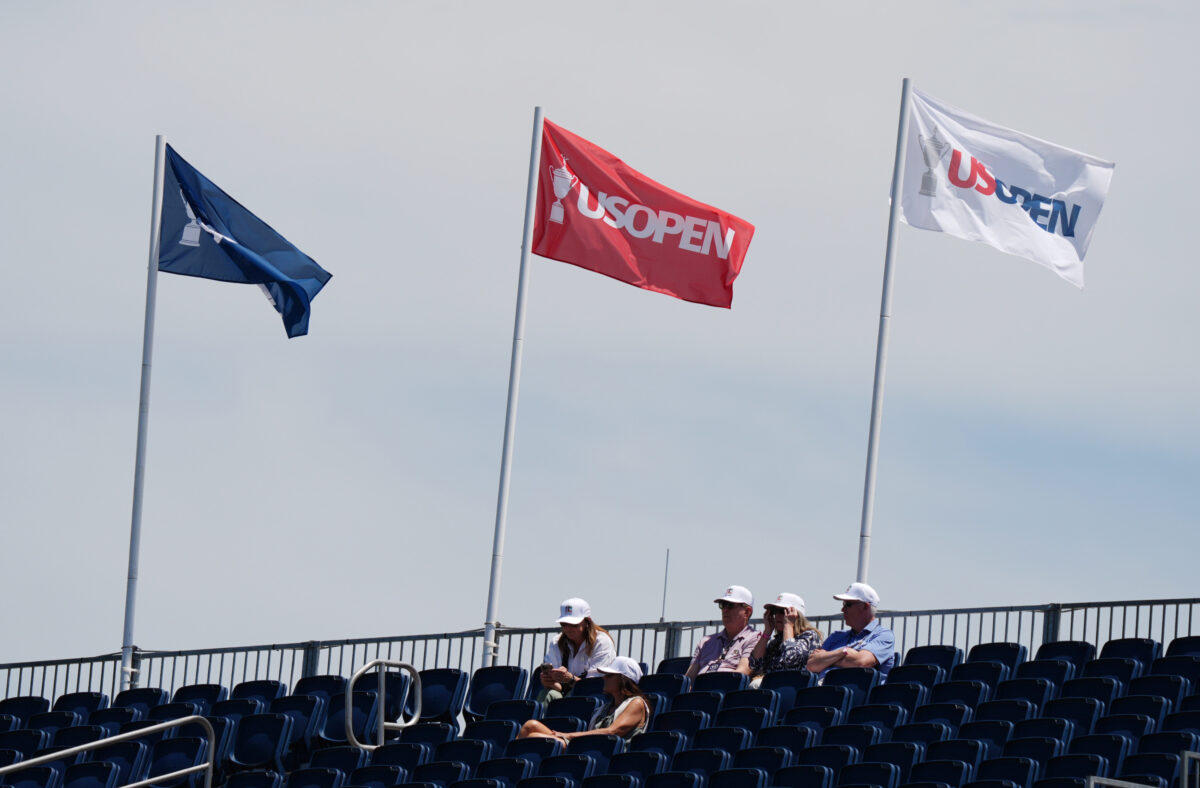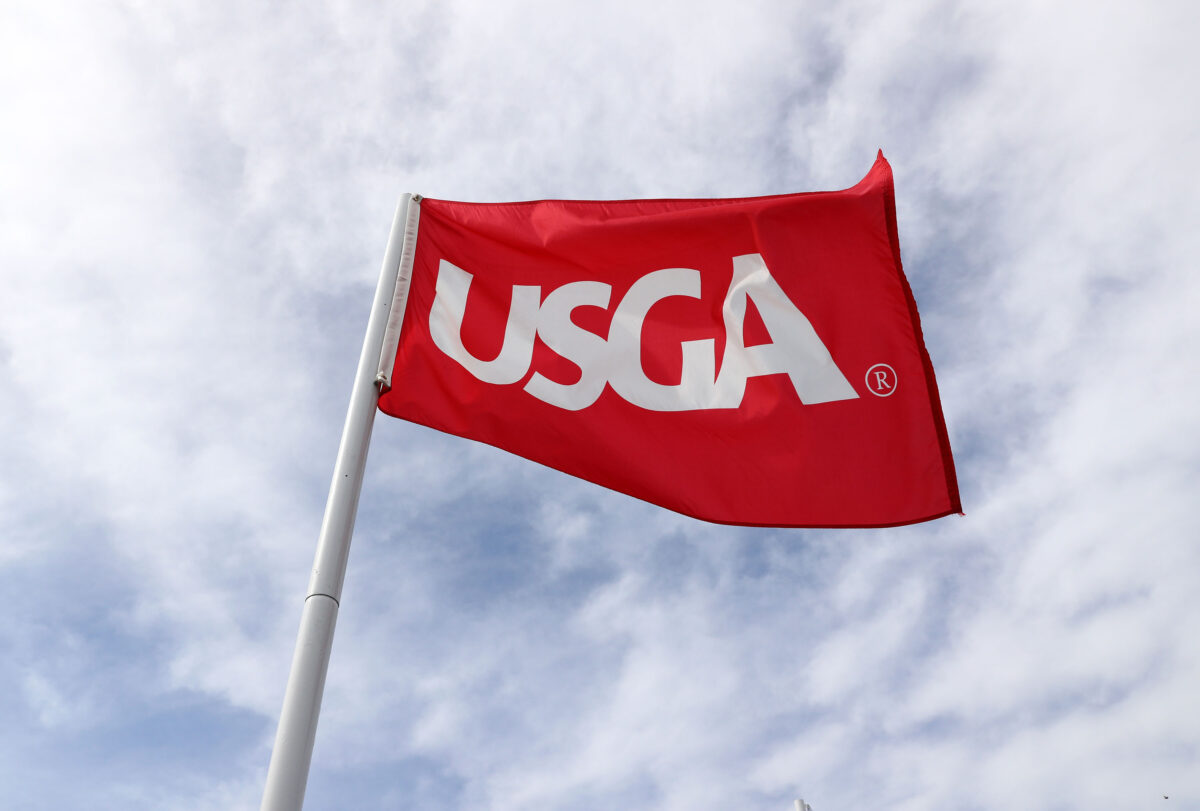PINEHURST, N.C. — You may have heard that Adam Scott and Sergio Garcia got into the 124th U.S. Open on Monday as well as a few others such as newly-minted pro Maxwell Moldovan. Meanwhile, Keith Mitchell, first alternate from the Canada Final Qualifying site, sits back home and wonders, what about me?
And here’s the rub: Mitchell and others on the “re-allotment list” have no idea where they stand because there isn’t a physical list ranking the alternates to consult. You know it’s a problem when agents of players are asking writers if they have any idea what their player’s chances of getting in might be. As one agent said summing up the alternate process: “Clear as mud.”
But it shouldn’t be that way. There’s no reason for the mystery. It’s time for the USGA to get with the times and exhibit some transparency. Ron Read, who spent more than three decades with the USGA as the western regional director and served as the first tee starter for years, said, “I worked 33 U.S. Opens and I never saw an order. It was always like in a dark room some place that somebody determined that this guy got in.”
There’s no good reason for it to be top secret, but here’s the USGA’s explanation of how the system works: “There are two ways an alternate can earn a place in the field. When a qualifier withdraws, the spot is filled by the first alternate from that qualifying site. When an exempt player withdraws, or an exemption category is not fully utilized, we use the reallotment list. The reallotment list comprises alternates from all qualifying sites, and the order is determined by the size and strength of the qualifying field.”
U.S. OPEN: Tournament hub | Hole-by-hole | Odds, picks | How to watch
The USGA held six spots in the field for those players who could potentially become exempt. Robert MacIntyre and Scott were the only players to earn an exemption for being in the top 60 in the Official World Golf Ranking as of Sunday. Scott, in fact, was No. 61 but took the spot of Grayson Murray, who died recently but technically remains in the top 60. Scott’s exemption also bumped Moldovan from second alternate in the Springfield, Ohio qualifying site to first alternate. Moldovan, who got in off the alternate list for the second straight year, Garcia, who is making his 25th straight appearance in the U.S. Open, Otto Black and amateur Brendan Valdes joined the field.
Still, the current system is archaic and leads to criticism of a lack of consistency and a whiff of politics being involved when there’s no rhyme or reason to the selection. Recognizing the flaws in the system, Read stepped up and proposed being transparent and putting the entire systems of alternates into an order and publish it. His suggestion? “Merge the two systems into one. Draw them out of a hat, that’s the order, and publish the damn thing. Democracy! No more politics,” Read said.
They might as well use NBA lottery ping-pong balls. In this era where everything is about clicks, it would make a for good TV segment or social media post. Read offered a real-world example of why a change would do the USGA good. At the 2004 U.S. Open at Shinnecock, a Japanese player wasn’t accounted for on the 10th tee, leading to a mad scramble to find the next alternate to fill his spot.
“We sent Alex Prugh, the only alternate standing by to the 10th tee. The Japanese player did show up with seconds to go. My point is in this emergency situation, you don’t know which list you’re working from, you don’t know where the guy is and there’s chance for screw ups. It could happen,” he said. “My system was an attempt at being clear cut, straight forward and it would solve a number of things.”
Read argued that his solution also would give the dreamers a better chance and isn’t that part of what makes the U.S. Open so special?
“Do we have to favor the PGA Tour again? There are 23-odd ways to get in all of which favor the Tour pro. It’s the U.S. Open. What’s the better story for you – the 29-year-old science teacher or pick a name out of the Tour?” Read asked rhetorically.
In Read’s day, alternates had no status; they couldn’t play the course or even hit balls on the range. The USGA at least has bent on that. So, whatever happened to Read’s proposal?
“I could never sell it,” he lamented.
Alternates deserve to know their odds. Time for the days of somebody in a smoke-filled room making these decisions to go up in smoke.


